Beef cattle farming around the world is undergoing a dramatic transformation based on technology and market demands, helping to increase economic efficiency and reduce environmental impact.
Beef cattle farming around the world is undergoing a dramatic transformation based on technology and market demands, helping to increase economic efficiency and reduce environmental impact.
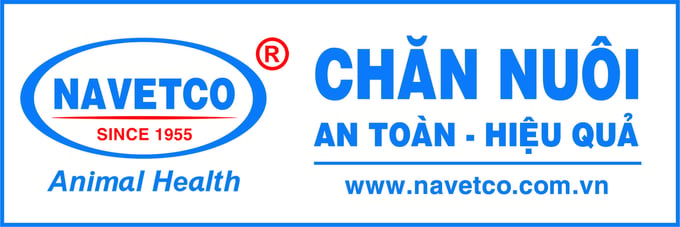
Current status of beef cattle farming in Vietnam
According to the Department of Animal Husbandry, cattle raising is a traditional occupation of Vietnamese farmers, not only providing meat, traction, fertilizer but also providing raw materials for a number of handicraft industries and beef cattle can be raised in ecological regions of Vietnam. In recent years, our country has had many policies to encourage and promote the development of cattle raising to increase meat production, create more jobs, increase income and improve living conditions for farmers.
After many years of implementing the program of "Sindization", "Uization", "Zebuization" of local cattle herds, Vietnam has achieved certain results: The rate of crossbred cattle nationwide is on average over 60%, the Southeast and Mekong Delta regions have crossbred cattle herds over 90%. The Red River Delta region has reached 80 - 90%. The average weight of slaughtered cattle is lowest at 170 - 180 kg/head in the Northern Midlands and Mountains and highest at 220 - 250 kg/head in the Southeast region.
According to data from the General Statistics Office, in the period 2019 - 2023, the total beef cattle herd in the country tends to decrease slightly, reaching over 5.9 million heads in 2023, with an average herd reduction rate of 0.21%/year.
The current difficulties are that small-scale livestock farming accounts for a high proportion, disease control, especially for emerging diseases, is still ineffective; there are difficulties in implementing new science and technology applications. At the same time, the organization of livestock production according to the chain link still accounts for a low proportion; the link is not complete to the final stage of the chain, which is slaughtering, processing and connecting to the product consumption market. Vietnam is also a country that does not have an advantage in terms of grazing area...
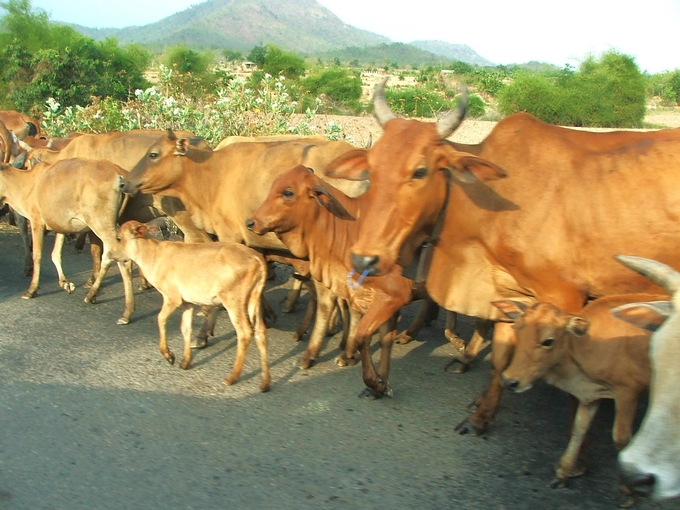
Beef cattle farming is encouraged to develop in a way that reduces emissions, in order to increase meat production, create more jobs, increase income and protect the environment.
Some trends in beef cattle farming in the world
According to the Department of Animal Husbandry, the trend of beef cattle farming in the world is undergoing a strong transformation based on technology and market requirements. These trends not only help the beef cattle farming industry increase efficiency and profits, but also contribute to reducing environmental impact.
First is herd management and monitoring technology: Using smart devices with sensors to monitor individual health, activity and behavior in real time. These monitoring devices help farmers promptly detect health problems, optimize reproductive cycles and manage nutrition more accurately.
Second is using animal feed with optimal formula to reduce emissions: In addition to solutions for balancing, optimizing rations, fermentation, and producing TMR, FTMR, many feed formulas help reduce greenhouse gas emissions.
Third is the transition to organic cattle farming and natural grass farming: The trend of raising cattle on natural pastures and not using antibiotics or growth hormones is growing strongly, especially in countries like the US and Europe.
Fourth, increasing the crossbreeding of high-yielding beef cattle breeds: Major livestock-raising countries such as the US, Brazil and Argentina are investing in crossbreeding technology to increase the feed-to-meat conversion rate, the ability to gain weight quickly and have better resistance. Cattle breeds such as Angus, Hereford, Wagyu and Brahman are being widely crossbred to optimize meat quality and beef production.
Fifth is the application of artificial intelligence (AI) and big data in cattle herd management: AI and Big Data allow the collection and analysis of big data from sensors and behavioral and habit monitoring systems, thereby making predictions about health, productivity and livestock efficiency.
Sixth is the waste treatment system and renewable energy in livestock farming: Using biodegradation systems to recycle cow manure into bioenergy or organic fertilizer, is being applied on large farms to produce electricity, helping to reduce energy costs and greenhouse gas emissions.
Source: https://nongsanviet.nongnghiep.vn/xu-huong-chan-nuoi-bo-thit-dua-tren-cong-nghe-va-thi-truong-d407549.html



![[Photo] General Secretary To Lam and National Assembly Chairman Tran Thanh Man attend the 80th Anniversary of the Traditional Day of the Vietnamese Inspection Sector](https://vphoto.vietnam.vn/thumb/1200x675/vietnam/resource/IMAGE/2025/11/17/1763356362984_a2-bnd-7940-3561-jpg.webp)




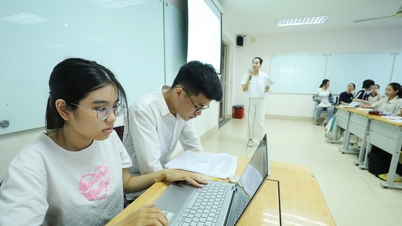











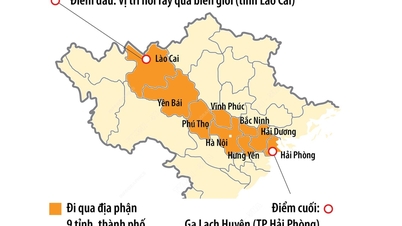
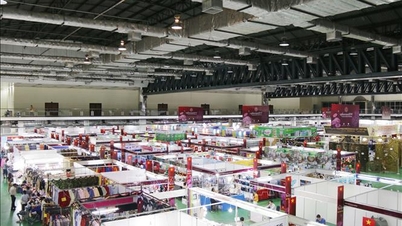
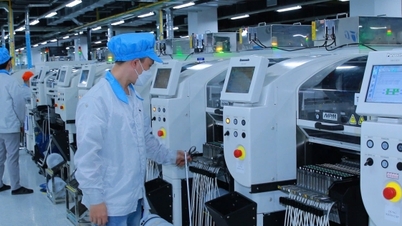













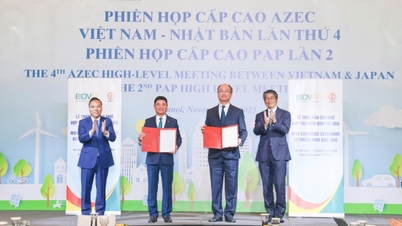

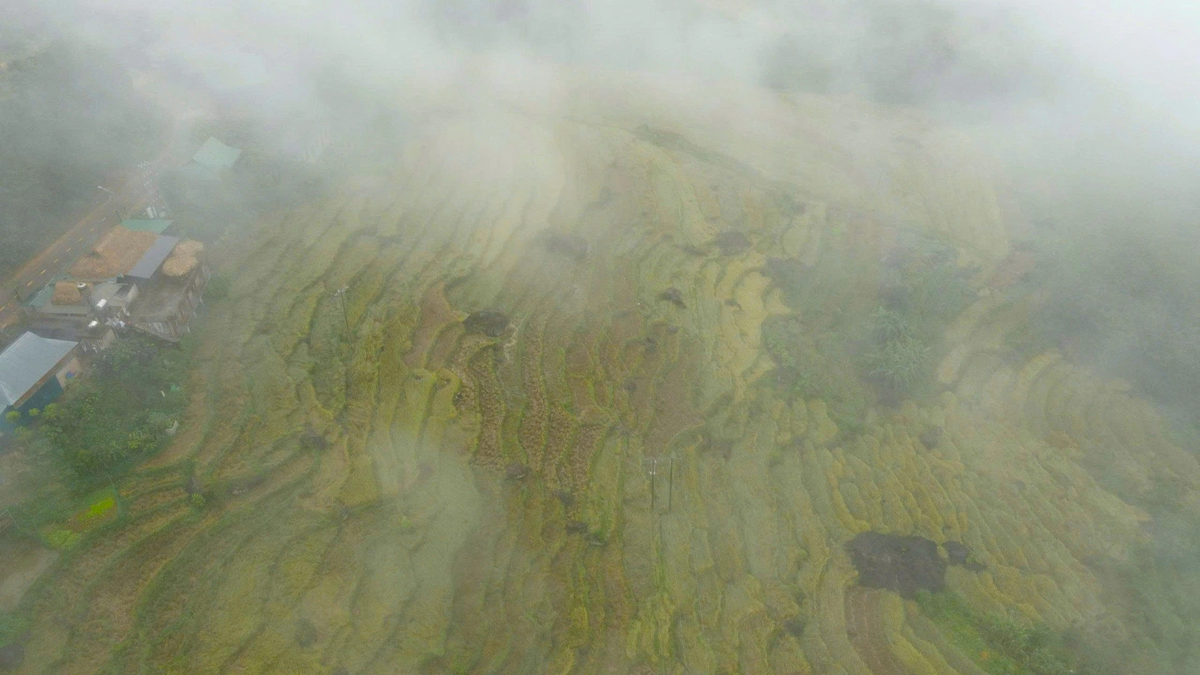


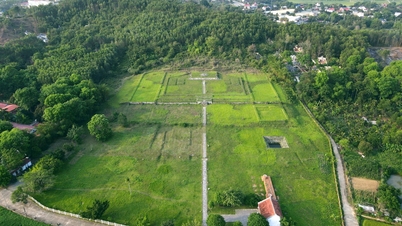









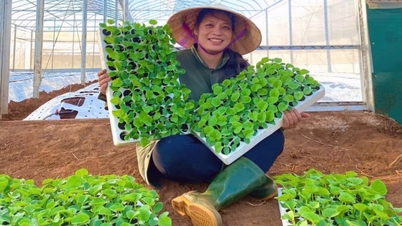









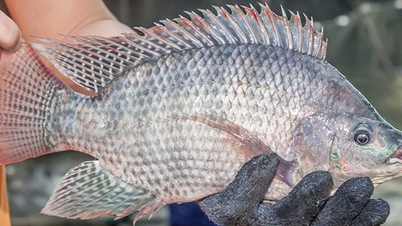


































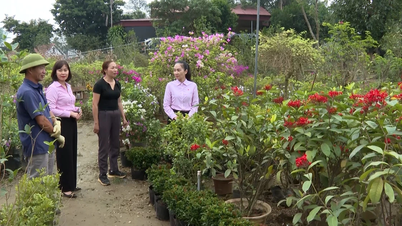


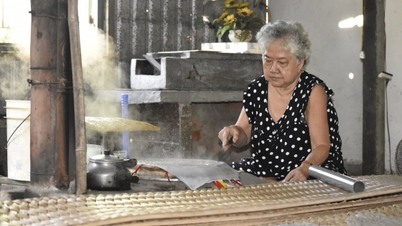


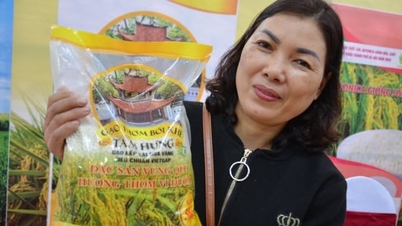


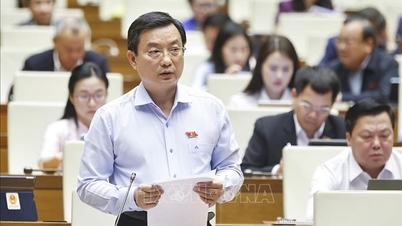





Comment (0)